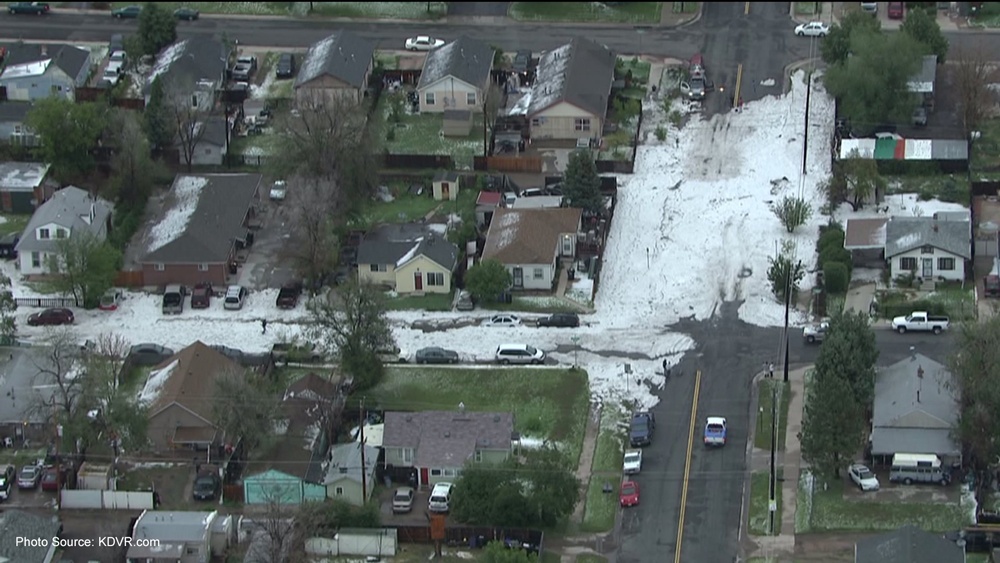One of the most devastating forms of flood risk is coastal storm surge. The flooding is most intense at the shoreline, but surge flooding can affect locations 40 miles (65 km) from the coast. The amount of storm surge is dependent upon the size of the storm creating the surge, and the tide at the time of the surge. As building codes have improved, most damage caused by hurricanes is now due to the flooding associated with them — not wind damage. Some of the most devastating and expensive natural disasters in the USA have been largely due to storm surge, including Sandy and Katrina.
Ivan Maddox
Recent Posts
SLOSH, MEOW, & MOM: Understanding Coastal Storm Surge
Posted by Ivan Maddox on Jun 23, 2015 3:11:00 PM
Topics: Natural Hazard Risk, Natural Catastrophe, Flood Modeling
Insurance companies have a long history of expressing themselves through architecture. It sounds strange, but it's true: For more than a century, they have used their buildings to portray their strength and prowess to the financial world (and the public in general). This is especially true in the City of London, where many of the world's insurance powerhouses are headquartered. For a bit of fun, let’s take a look at some noteworthy examples of insurance-related architecture in this fine city. (As the Monty Python boys would say: And now for something completely different....)
Topics: Inside Intermap
Two weeks ago, I wrote a post that explored the May 2015 Houston floods and suggested some lessons that might be offered by the events. This topic attracted a large audience and generated a lot of questions and discussion. In my conclusion, I suggested that carriers might consider creating a flood analytic specifically for this city.
With Tropical Storm Bill currently bearing down on Texas, today I will take a closer look at how a carrier or underwriting group could use Intermap's risk assessment software, InsitePro, to build a new analytic to handle "Houston Flood" as a distinctive peril.
Topics: Natural Hazard Risk, Floods, Flood Insurance, Insurance Underwriting, Risk Management, Flood Risk
I live in Denver, therefore hail is the natural peril that is most familiar to me. The Front Range urban area (extending from Colorado Springs in the south, through Denver and Boulder, up to Fort Collins in the North) is known in some insurance circles as “Hail Alley.” But just because hail is frequent and familiar here doesn’t mean it’s predictable — on the contrary, it’s always full of surprises!
Topics: Natural Hazard Risk, Risk Management, Other Risk Models, Hail
The Future of the Nat Cat Market, as Told By the Events of 2014
Posted by Ivan Maddox on Jun 9, 2015 11:18:45 AM
Now that 2014 is far enough in the past, we can read summaries about the natural catastrophes that affected global insurance. Let’s explore some of the more interesting facts from last year regarding insured losses.
First of all, it was a very quiet year for natural catastrophes. There was no major event that will define the year 2014, unlike 2011 (Thailand Floods, Tohuku), 2013 (Sandy), or of course 2005 (Katrina). In fact, no event was close to the Top 40 events of the past 45 years in terms of insured losses. As is usual when there is no major hurricane or earthquake, convective storm was the natural peril that caused the most damage to insured property.
Topics: Natural Hazard Risk, Insurance Underwriting, Natural Catastrophe





